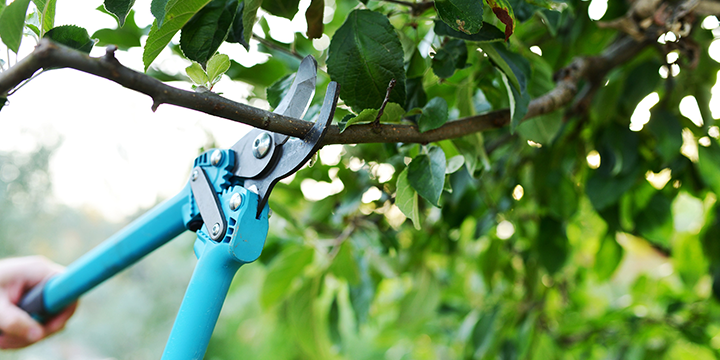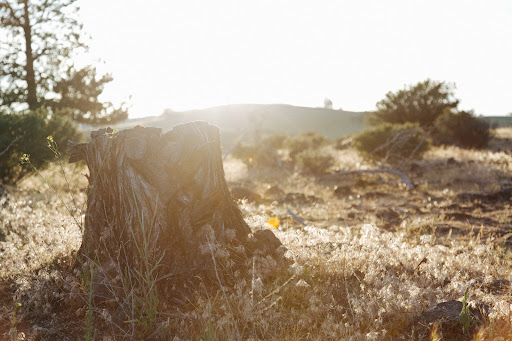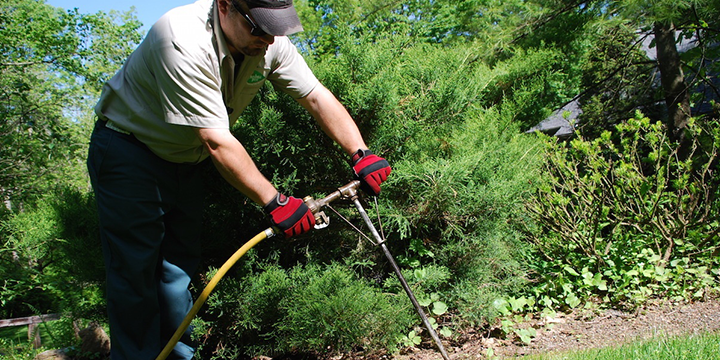
Date April 16, 2020
Category
Trees are beautiful living organisms that serve an invaluable role in the community. Not only do these organisms provide communities with unparalleled scenery, but they also offer distinct ecological benefits as well.
However, if not managed properly, trees can grow exceptionally wild. Like hair, trees and shrubs must be trimmed to maintain their picturesque appearance. The problem is that some trees need constant pruning, while others do not.
Unless you are a Certified Arborist, it can be extremely different to make the distinction, especially in the spring months. Therefore, to avoid putting your trees in danger, you should put the information below to practice the next time you consider pruning your trees.
What is Pruning?
Pruning is the selective trimming of trees. Trees must be pruned to keep up its appearance and maintain a healthy size and shape. Over time, trees can grow to considerable heights and widths.
If left unchecked, planted trees can keep expanding until they touch and disturb other trees. Unless in a forest or similar setting, this can be problematic for a community. Property owners, especially, won’t welcome the presence of multiple trees touching each other.
This is why it’s important to practice regular pruning habits. Is it okay to prune trees in the spring? The answer varies as you will find out below.
Can You Prune Trees in the Spring?
While pruning is necessary for tree growth and health, it can be dangerous if done excessively and at the wrong time. Generally, the best time to prune trees is during the winter months when they are leafless.
Theoretically, if you can prune your trees before they start the growing process you can enjoy the following benefits:
- Better disease management for your trees
- Stronger and more resilient foundation
- Safer conditioners to avoid dead or damaged limbs from falling in the winter months
- Saves both time and money, and makes the jobs of Arborists easier
However, there are many exceptions to this rule depending on the trees you are currently growing.
Can I Prune My Trees After Leaves and Buds Have Grown?
Typically, pruning trees during the spring months can reduce their bloom potential for the entire year. Therefore, if you want your trees to grow to their maximum height, you should probably avoid pruning them when their leaves and buds are visible.
One major caveat to this rule is that you can safely and effectively prune your trees in the spring, as long as you do not trim more than 10% of the tree’s limbs.
Ideally, these should be your goals when pruning your trees in the springtime.
Maximizing safety: Removal all decaying and dead limbs to keep your tree and property safe.
Shaping: Trim and remove limbs to shape your tree the way you want it.
Are There Specific Trees That Should Be Pruned in the Spring?
There are definitely specific types of trees that should be pruned during the springtime. These trees include walnut, birch, and maple trees. All of these trees can be pruned during the late spring or early summer.
During the winter, these trees will ooze sap, which can be messy for Arborists. Though, it’s your prerogative if you want to wait that long. Trimming these trees in the spring can lead to better growth by reducing sap bleeding.
You can also prune the following trees when they’re done blooming for the year.
- Chokecherry trees
- Apricot trees
- Crabapple trees
- Dogwood trees
- Magnolia trees
- Lilac trees
- Juneberry trees
- Flowering plum trees
- Flowering cherry trees
Trees are beautiful living organisms that serve an invaluable role in the community. Not only do these organisms provide communities with unparalleled scenery, but they also offer distinct ecological benefits as well.
However, if not managed properly, trees can grow exceptionally wild. Like hair, trees and shrubs must be trimmed to maintain their picturesque appearance. The problem is that some trees need constant pruning, while others do not.
Unless you are a Certified Arborist, it can be extremely different to make the distinction, especially in the spring months. Therefore, to avoid putting your trees in danger, you should put the information below to practice the next time you consider pruning your trees.
Are There Specific Trees That Shouldn’t Be Pruned in the Spring?
It’s important to remember that pruning trees during springtime can make them more susceptible to diseases and insect infestation. Therefore, be mindful to trim your trees appropriately to minimize any damage from these factors. If trimming is essential, a Certified Arborist can ensure that it is done safely and properly.
In any case, there are four main trees you do not want to prune in the spring, and these include:
- Oak Trees: Pruning can increase the chance of oak wilt.
- Elm Trees: Pruning can increase the chance of Dutch elm disease.
- Sycamore Trees: Pruning can increase the chance of anthracnose
- Honeylocust Trees: Pruning can increase the chance of stem cankers.
Pruning can damage these trees, leading to signs of disease that you often won’t notice until it’s too late. Make sure to avoid pruning the above trees for this reason.
Do You Have Any Questions?
Do you have a question regarding your specific tree? Do you want to inquire about professional pruning services for your property? If so, don’t hesitate to give us a call to learn more about how we can help you today!
To learn more about how to prune trees in the spring, call us today at tel:(817) 592-6846 or send us a message.
We’re a little different than the average tree services company.
Serving Dallas and Fort Worth, our Argyle and Southlake based teams are at your beckon. Learn more about TreeNewal’s ISA Certified Arborists and how sustainable tree care services add more value to your bottom line.
Healthy trees, healthy lives.








